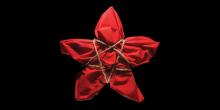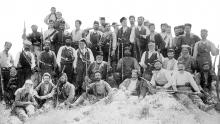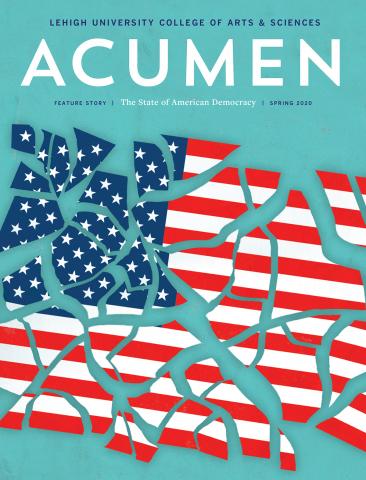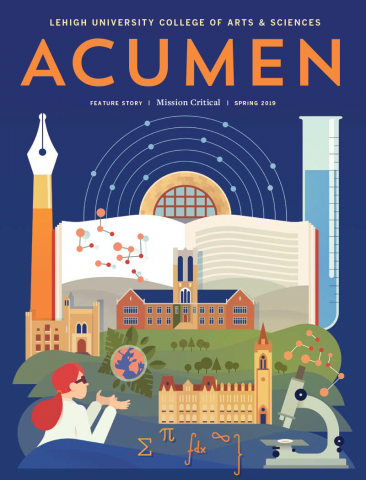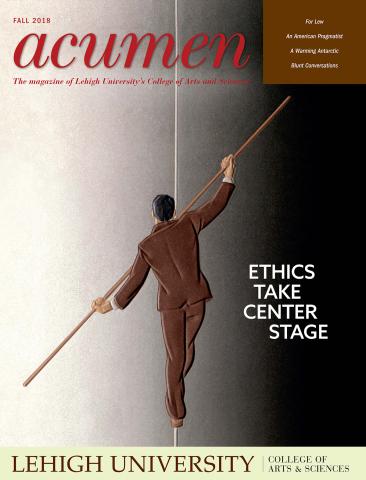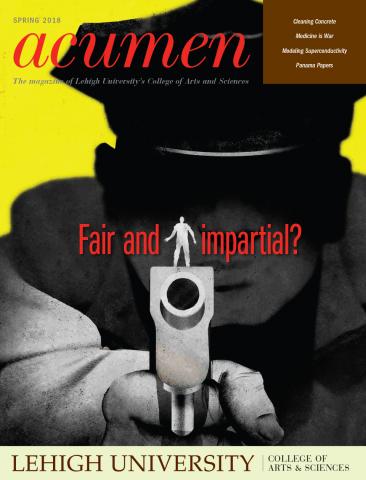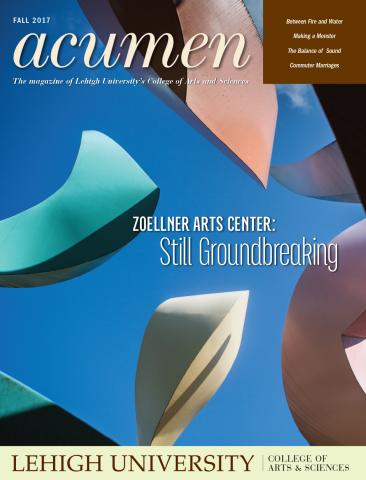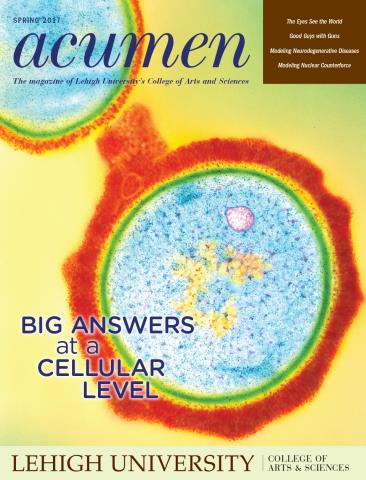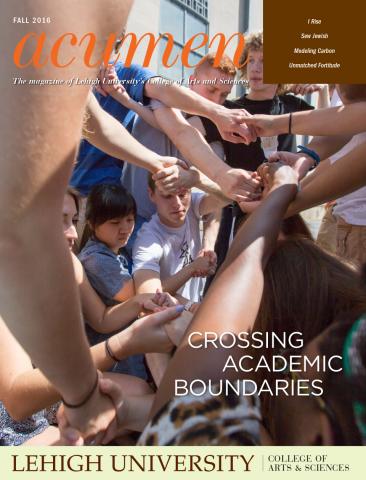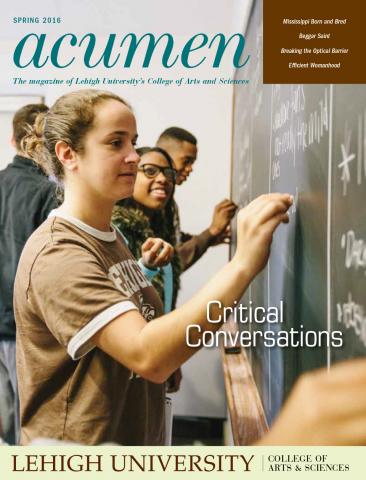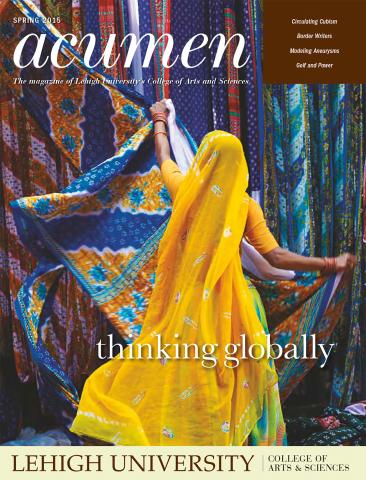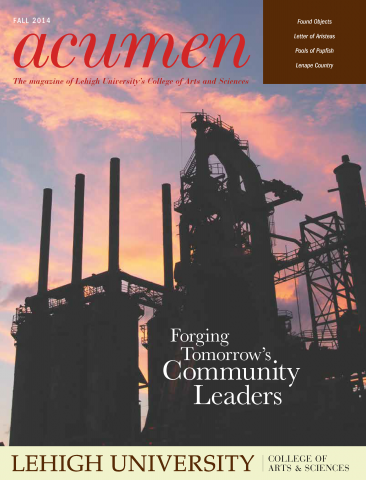
Following Stalin’s death in 1953, unofficial Soviet art began to develop “underground,” outside the public realm and largely beyond the reach of critics, art historians and viewers. A hostile Communist regime set unofficial artists in opposition to those in power, despite the fact that many of the artists displayed little interest in politics and attempted to treat the authorities with disdain or indifference.
Such artists explored alternative paths for self-expression, eventually focusing on conceptual art with its emphasis on the importance of ideas and intellectual perception in the artistic process. The Moscow Conceptualism movement began in the early 1970s and continued as a trend in Russian art through the 1980s. Mary Nicholas, professor of Russian in the department of modern languages and literatures, explores conceptualism in Russia and its overall place in the history of modernism and postmodernism.
The author of the forthcoming book, Moscow Conceptualism: Words and Deeds of a Radical Art Movement, she studies visual texts, words painted on canvas that advance the importance of language while de-emphasizing the concrete art object. This painted word and its replacement of image with text call visual art itself into question. In the Soviet Union, such artistic texts were often borrowed from the world of politics in a subtle re-evaluation of both the pictorial art that they supplanted and the political system in which they arose. These painted words played a transformative role on the canvases of unofficial Russian artists. The resulting contrast between textual and visual art helped make conceptualism an unexpectedly influential branch of unofficial Soviet art.
“Russian conceptualism has still received too little critical attention, especially in the United States,” says Nicholas. “In particular, we need a better understanding of the radical second generation of Moscow conceptualism.”
Moscow conceptualists were revolutionaries in the conformist art world of the late Soviet Union. Their emphasis on humor, creative freedom, democratic access and individual action was a sweeping challenge to Soviet authorities, the status quo and even their unconventional colleagues. Second-generation Moscow conceptualists rebelled against political and artistic restraints alike, using their “underground” art to turn everyday texts into powerful statements of independence and imagination. Their performance art from the 1970s and 1980s even forecast the end of Soviet power.
The painted word that appears in so many visual works of Moscow conceptualism is central to understanding the movement. The image is replaced by a written commentary, by a description of a certain art project, by a critical statement. Art was transported from the studio and into the public. Convinced of the limited value of a single style or message to render multivalent reality, this group of artists made the conceptual leap off the canvas to an open-ended, experimental approach that encouraged spectator participation. These avant-garde artists could clearly see the façade of Soviet ideology, Nicholas adds.
“By 1987, you could feel it. Change was coming,” Nicholas says. “They thought they had contributed to bringing the Soviet Union down. The collapse surprised many people, but this group of avant-garde artists, predicted, expected the Soviet Union to fall.”






